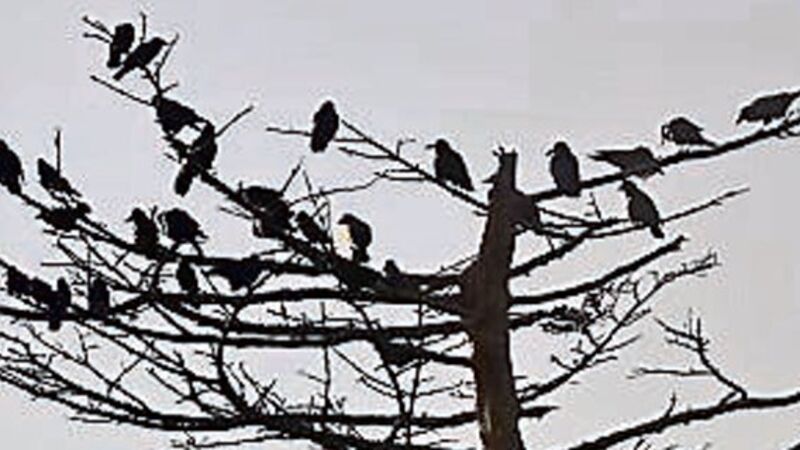Magnetic fields guide birds

How they manage to do so, however, is one of ornithology’s great mysteries. Now, a theory has emerged which may address the problem. It comes from the ‘spooky’ world of sub-atomic physics. There, objects are both particles and waves at the same time. They can be at several locations simultaneously and opt for a particular state only when we try to observe them. What scientist Jim Al-Kalili calls the ‘quantum robin’, may use a phenomenon called ‘entanglement’ to find its way.
Geese, it was believed, hatched from barnacles and swallows spent the winter in mud at the bottoms of ponds, but research on birds and magnetism has produced equally outlandish theories. During the 1950s, Frederick Merkel and Wolfgang Wiltschko placed captive robins in orientation cages at the Goethe University in Frankfurt. German robins, unlike ours, spend the winter mainly in Spain. At migration time, the captive birds moved to the southern sides of their cages. When coils of wire were placed outside, producing a magnetic field in the opposite direction to the Earth’s, the birds moved northwards. Clearly, they can sense magnetic fields but how do they do so?














